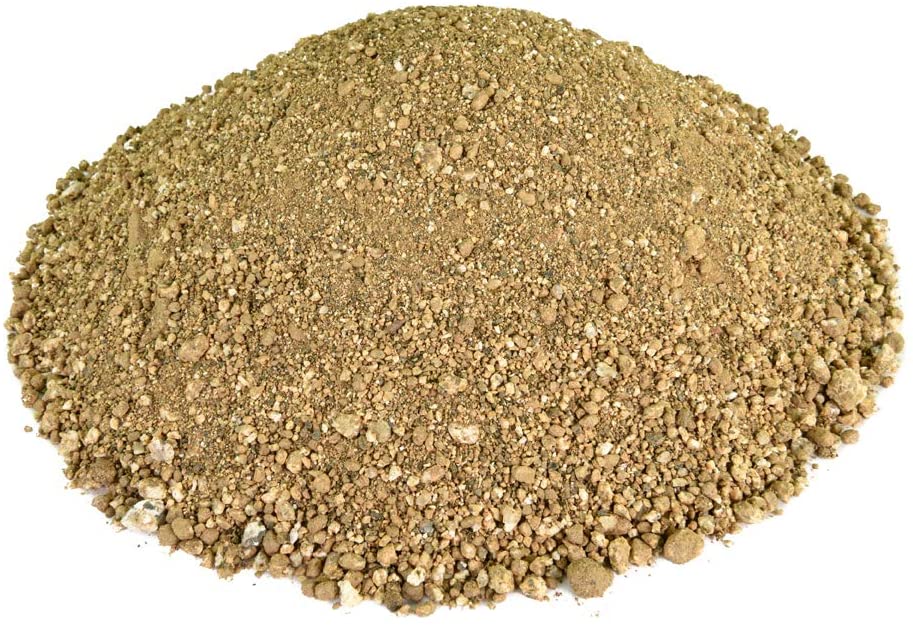Best Sub Base for Artificial Grass Installation
If you’re installing artificial grass in your backyard, you must try getting a reliable sub base beforehand. But wait! What is a sub base anyway?
If you didn’t know, a sub base is a layer of sand, gravel or crushed rock that is placed under a turf field to provide support for the turf. It is used to improve the stability of the field and make it less likely to blow away in the wind (or other extreme conditions).
So, you now get it. The sub base is vital for your turf. Now, the questions is, what is the best sub base of artificial grass installation and how do you lay it?
To get the answer, you can check out the discussion below:
Why Should You Install a Sub Base?
The sub-base maintains the structural stability of your artificial turf . It is an essential component of any installation because it enables the turf to hold its position in the face of foot activity or the outdoor furniture you place on top of your grass.
Without the sub-vital base’s support, your synthetic grass will sink and settle with usage, thus reducing its lifetime and making it appear uneven soon after installation. Your grass should be able to withstand normal wear and strain for more than ten years if you have a strong, well-compacted sub-base.
Different Types of Sub Base for Synthetic Turf
You can find different types of sub-bases for artificial turf. Here are some of them:
1. Granite chippings
The granite chippings are used in the sub base for artificial grass to provide a good foundation for the grass to thrive on. The chippings are either crushed or granulated and they have a high percentage of silica content which makes them excellent at binding soil together.
2. MOT Type 1
The MOT Type 1 is another sub base that is used for artificial grass. This type of sub base is made from crushed stone, gravel and sand. It has an aggregate size of between 5 – 20 mm, with smaller particles being finer and larger ones being coarser.
3. Crushed Miscellaneous Base (CMB)
The CMB sub base is another type that is used for artificial grass installations on sports fields, golf courses and other outdoor areas where there is a risk of contamination from water runoff.
The CMB system consists of large stones that have been crushed by heavy machinery into varying sizes and shapes, which are then packed into bags before being sent to the site where they need to be installed onto the ground surface prior to installation of turfgrass.
4. Class II Road Base
This is the most common and conventional type of sub base. It is made from crushed stone and gravel. The base is made up of crushed stones, which are then bound together with asphalt or concrete.
Road bases are used for golf courses, parks, sports complexes and other outdoor areas. The surface is smooth and hard with no cracks or joints to allow water to seep through. This type of base is also waterproof, but not as durable as other types of bases such as DG Decomposed Granite.
5. Decomposed Granite (DG) Base
DG Decomposed Granite is a natural product that can be used as a sub base for artificial grass. It has many benefits over other types of artificial grass because it contains no chemicals or pesticides, which makes it non-toxic to pets and children.
DG Decomposed Granite also offers durability that lasts longer than other types of artificial grass around your yard or garden area. DG Decomposed Granite should be installed at least 2 inches below ground level because it may get wet during heavy rainstorms or snowfall but will not soak
The Best Sub Base for Artificial Grass Installation?
The best one from the list is crushed granite stone or CMB sub-base. This sub-base is used highly for artificial grass installation across the globe. Apart from it, you can also go for MOT 1 which we mentioned in the list.
Final Thoughts
Well, the opinions can vary as different base types are ideal for different situations. You can also go for the other sub base mentioned in the list such as Decomposed Granite (DG) Base or Class II Road Base.
But we’d highly recommend you discuss it with a specialist before going ahead with any of the choices from the list.
So, what are you waiting for?
Get your Best Sub Base for Artificial Grass Installation and witness the magic with every step!
With outstanding experience as a content strategist, Nesar leads the team with exceptional strategies and techniques. He has a solid understanding of the company's marketing strategy and how it will be implemented on all platforms and has the capability to communicate that information effectively with other departments within the organization.
Further, with his deep understanding of marketing and relative fields he plans to the business goals will be achieved. For over a year, Nesar’s contribution to The Greenoma is unparalleled and his sheer skill and firm determination has made us who we are today.

